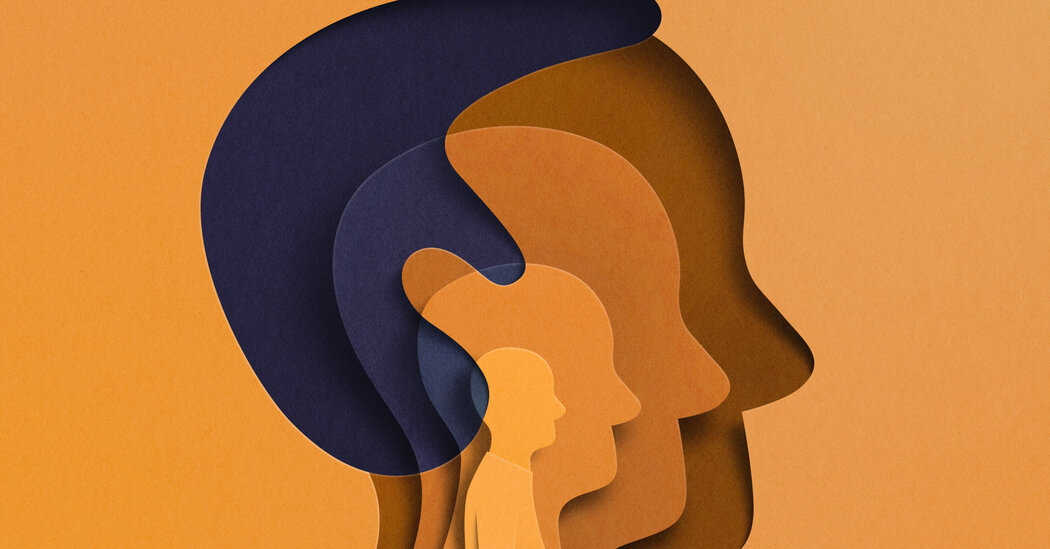Male-pattern baldness hits half of men by age 50. Here’s what to know about treatment and prevention.`
It’s a day no man looks forward to: looking in the mirror and admitting that his widow’s peak is real. Or feeling the breeze on the crown of his head.
Up to half of men will experience some form of male-pattern baldness by 50, and still more after that. Though our genetics and hormones play major roles in hair loss, the exact mechanisms aren’t fully understood, which is why treatments to stem and reverse it remain imperfect, said Dr. Arash Mostaghimi, vice chair of clinical trials and innovation in the dermatology department at Brigham and Women’s Hospital in Boston.
However, there are a few things you can do both before and after that fateful day comes. Here is what you need to know about what works, what’s new and what to avoid.
What Causes Male Pattern Baldness
The average human head contains around 100,000 hairs. Each is connected to a follicle, which can hold one to five hairs.
“It’s basically its own organ,” Dr. Mostaghimi said of a scalp follicle. “It has its own stem cells. It regenerates.”
Typically, men’s hair loss occurs because of an increase in an enzyme in the scalp that converts testosterone to a more potent form, called dihydrotestosterone (or DHT), Dr. Mostaghimi said. The reasons that one man might have more DMT than another are not well understood, but it has a genetic component.
